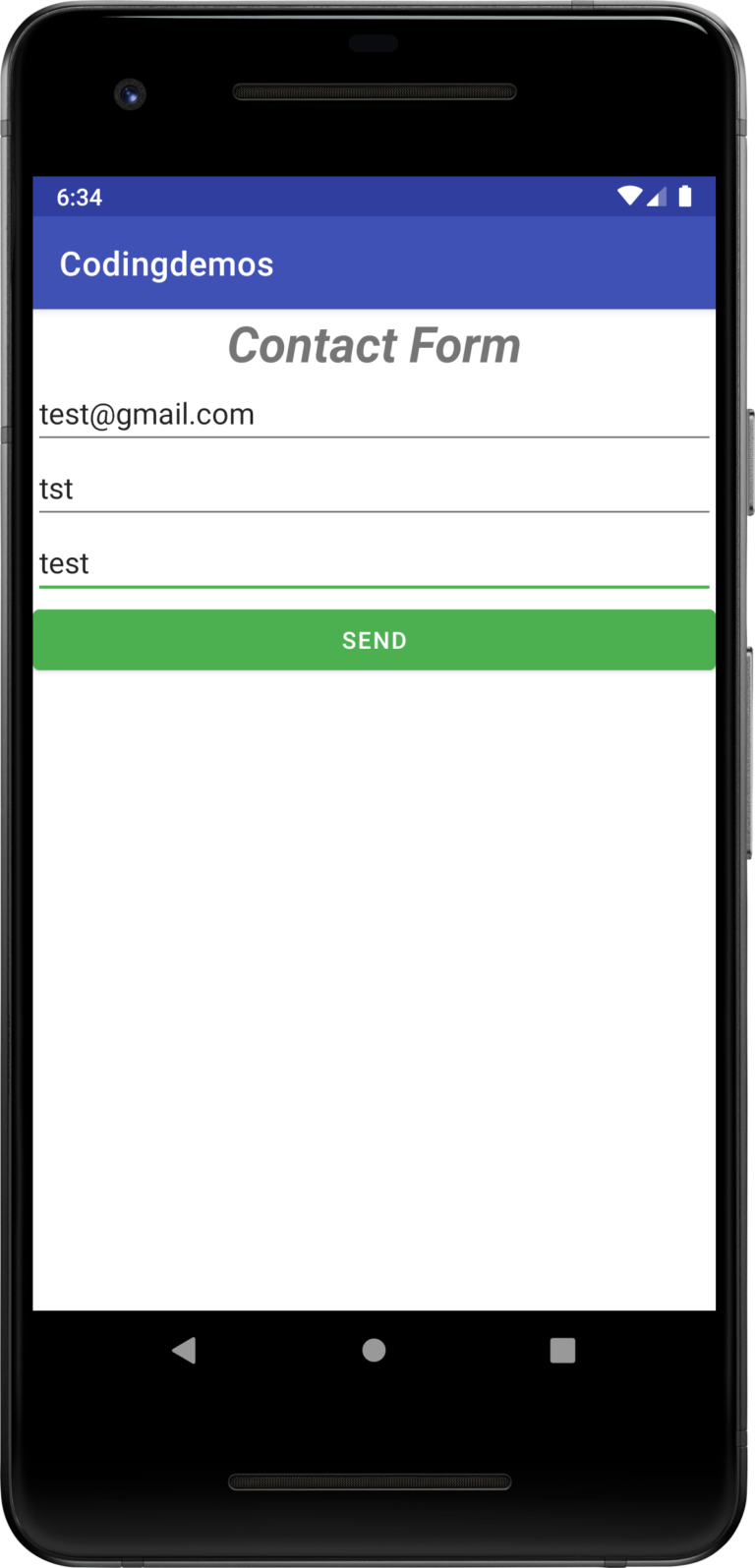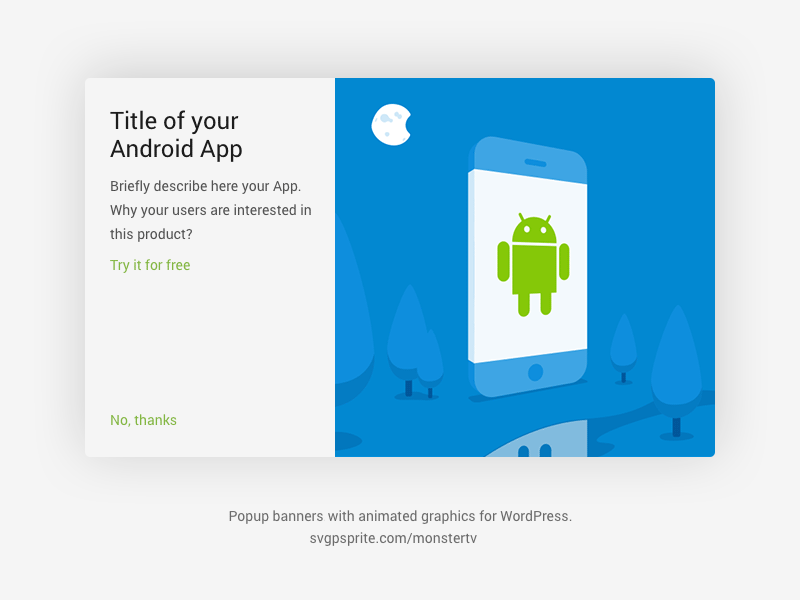
Fragments have their own events, layouts and complete life cycle. With the help of Fragment’s we can divide the screens in different parts and controls different parts separately.īy using Fragments we can comprise multiple Fragments in a single Activity. We can also combine multiple Fragments in a single activity to build a multi-plane UI.īefore the introduction of Fragment’s we can only show a single Activity on the screen at one given point of time so we were not able to divide the screen and control different parts separately. Fragment can be used in multiple activities.ĥ. Fragments has its own layout and its own behaviour with its own life cycle callbacks.Ĥ. For Example if we replace a Fragment and add it in back stack then on pressing the Back button on device it display the previous Fragment.ģ. back stack allow us to reverse a Fragment transaction on pressing Back button of device. While performing Fragment Transaction we can add a Fragment into back stack that’s managed by the Activity. We can manipulate each Fragment independently, such as add or remove them. We can create Fragments by extending Fragment class or by inserting a Fragment into our Activity layout by declaring the Fragment in the activity’s layout file, as a element. Important Related Read: Fragment Lifecycle We always need to embed Fragment in an activity and the fragment lifecycle is directly affected by the host activity’s lifecycle. We can combine multiple Fragments in Single Activity to build a multi panel UI and reuse a Fragment in multiple Activities.

It represents a behaviour or a portion of user interface in an Activity.

It will not be wrong if we say a fragment is a kind of sub-activity. In Android, Fragment is a part of an activity which enable more modular activity design. Fragment Tutorial With Example In Android Studio


 0 kommentar(er)
0 kommentar(er)
